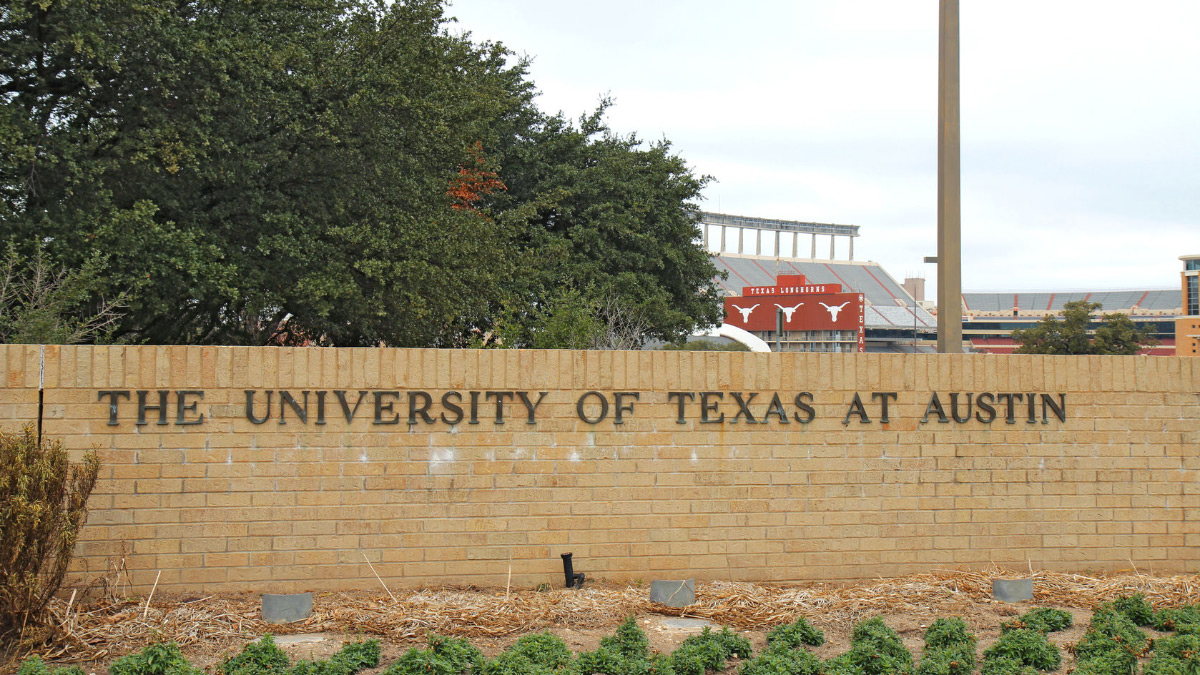Of all the major public universities in America, the one I have found consistently the most frustrating and behaviorally maladroit is the University of Texas at Austin (UT). UT has easily the largest endowment of any American public university—double any competitor. It is in the second most populous state, one that is booming, rapidly gaining human and physical capital resources. By now it should have easily become one of the top three state universities in the country. But UT, although a very good school, is generally considered not quite the equal to at least a couple of the University of California campuses (Berkeley and UCLA), not to mention flagship universities in states such as Michigan, Virginia, North Carolina and Illinois.
Besides buying prestige and hopefully academic excellence, a large endowment and a booming economy should allow Texas to provide essentially tuition free education to large numbers of students. Most of the endowment’s operating funds are constitutionally earmarked for the Austin campus, and I have previously argued that UT has the ability to make the Austin campus tuition free for all undergraduates (just as private Harvard, Yale and Princeton could). Given its endowment size of well over $20 billion, the school should have roughly one billion dollars annually in endowment income to spend, and total tuition payments of undergraduate Texans attending Austin surely do not exceed $300 million or so annually.
The UT Board of Regents has approved a plan reducing tuition to zero for all in-state undergraduate students from families making under $65,000 annually, with some tuition assistance for others making up to $125,000. A new endowment, initially funded with $160 million taken from the massive main Permanent University Fund, will finance the program (although I do not think that would be enough to permanently finance tuition remissions). About 8,600 in-state undergraduate students (about 25% of the total ) will be impacted. The University of Michigan, nicely but less opulently endowed, did something similar last year. Rice University has recently gone tuition free for many of its students, returning to its roots (it was originally a tuition free school). Several Ivy League schools did a similar thing more than a decade ago.
Thus the Sanders/Warren call for free tuition is nothing new for many high quality universities. Here is the dilemma: the best and brightest kids from lower income families can go to those schools tuition free, while less academically capable low income kids go to schools that are not only less good academically, but often more expensive because they are poorer institutions with less generous financial aid. Some might argue this exacerbates the already huge differences between the haves and have nots: institutional and student inequalities. While progressives find this offensive, there are defensible arguments for providing free tuition for the best of our lower income students but not for others. Such a scheme combines dimensions of both merit (high academic performance gets the best students into rich schools like Harvard or UT) and need— financial assistance is earmarked for lower income kids but not more affluent ones.
The new Texas tuition plan revealed that UT students are mostly from affluent families—surprise! Some of the 25% who will be receiving free tuition actually come from households with income above the Texas median—meaning more than 75% of Texas residing undergraduates come from families that range from moderately affluent to downright rich. In this, of course, UT is similar to many other flagship universities. The correlation between family income and student high school academic performance is highly positive.
The hard truth is higher education does not promote income equality in America, nor can it do so without significantly reducing the academic quality (learning) at our nation’s leading universities. Many kids who are poor are economically disadvantaged because of a unproductive family culture: an environment of less hard work, less discipline. The poverty rate is very low (2.1 % in 2017)) for full-time year-round workers, vs. 21.4% for those not working. Thus most poor kids are probably not surrounded by a strong work ethic. Not surprisingly, these kids struggle academically. So while UT is reaching out to those who are both very good students and poor, this is a small minority of low income Texans.













